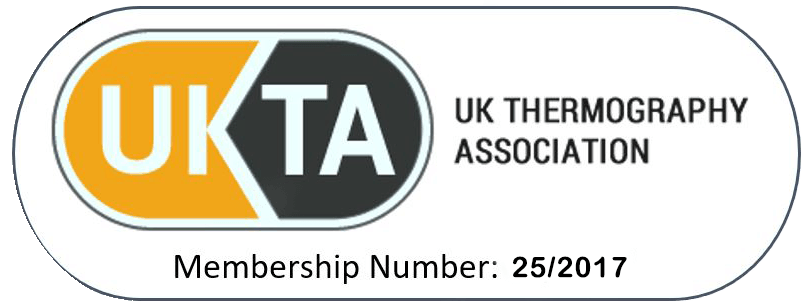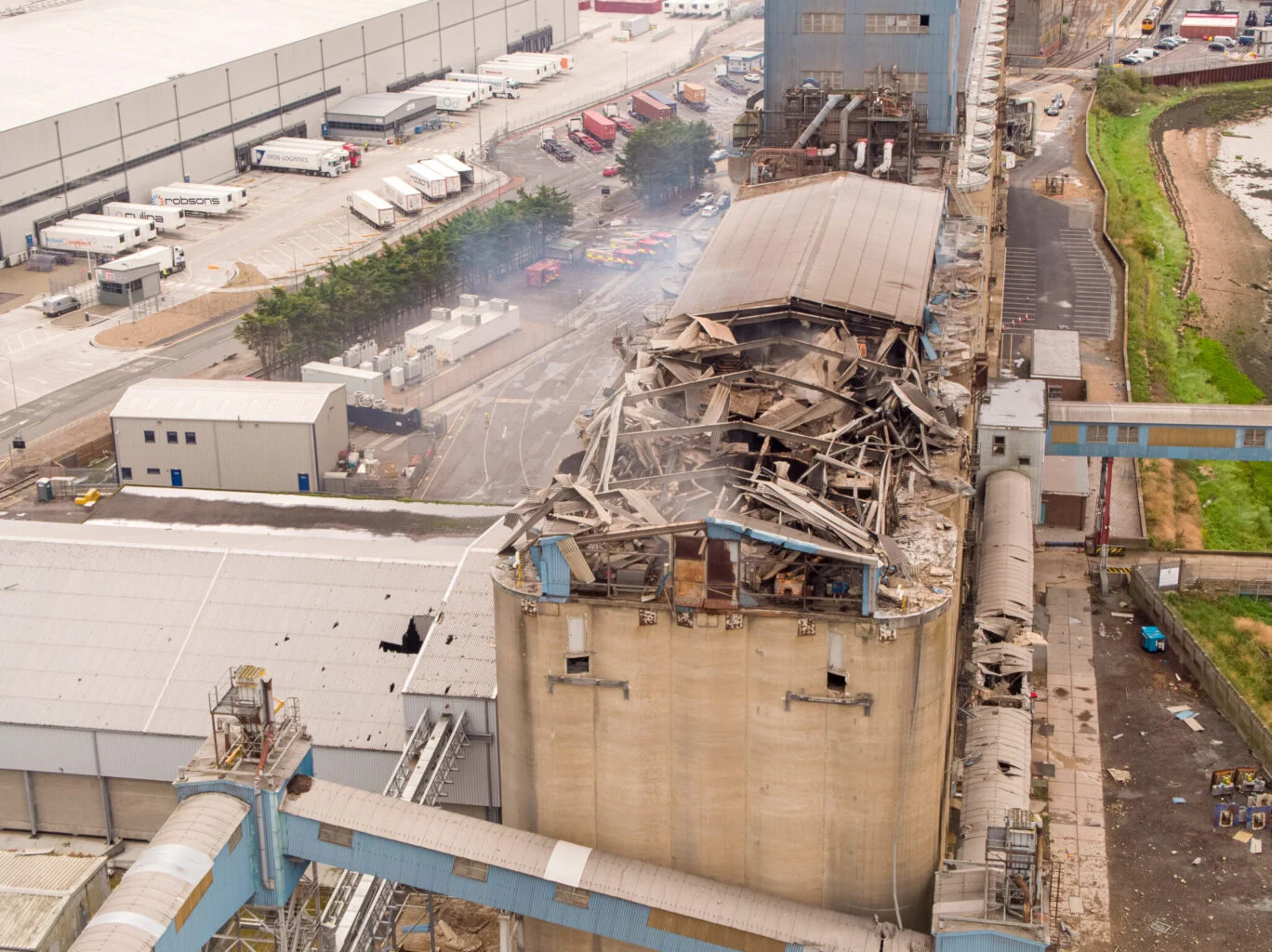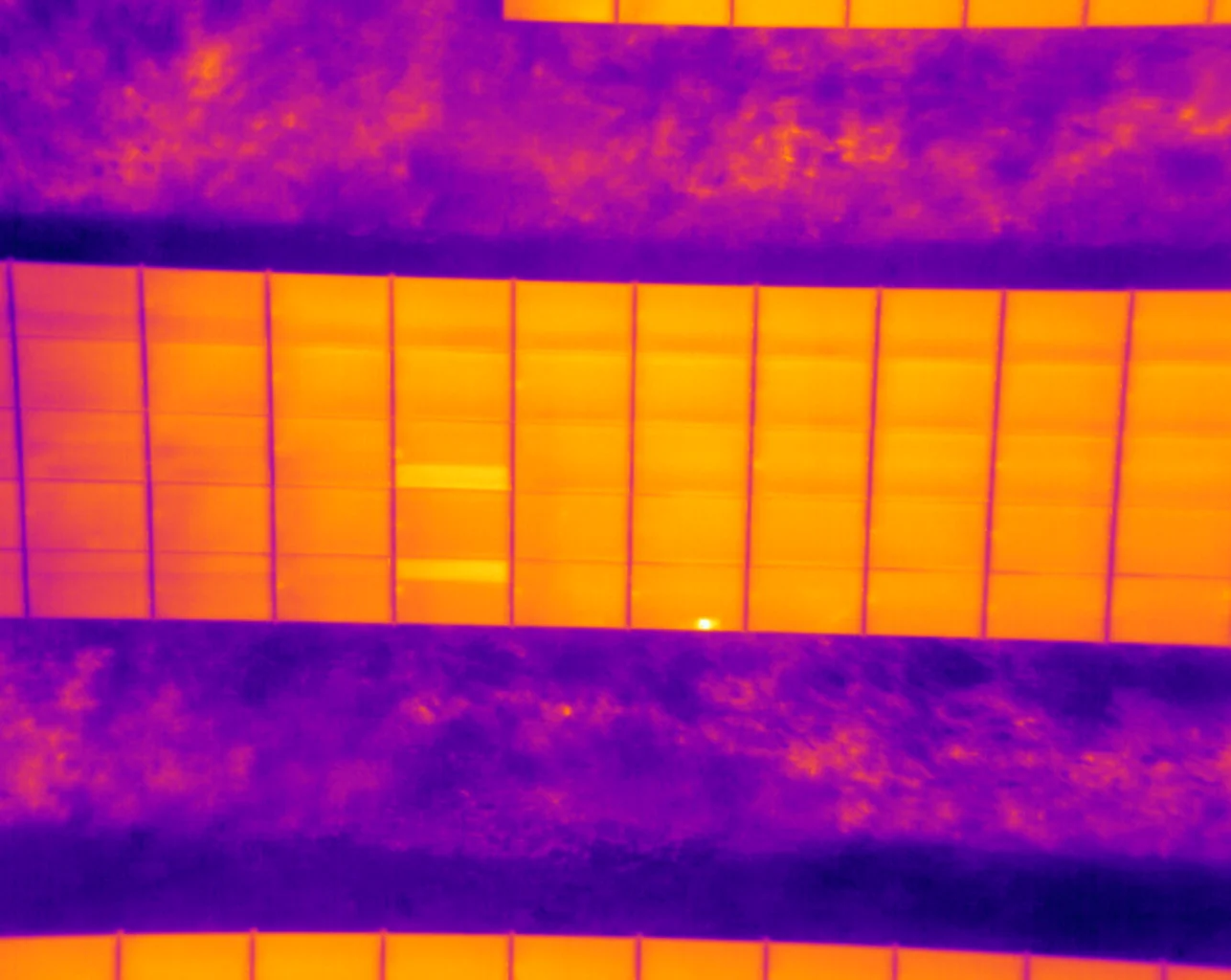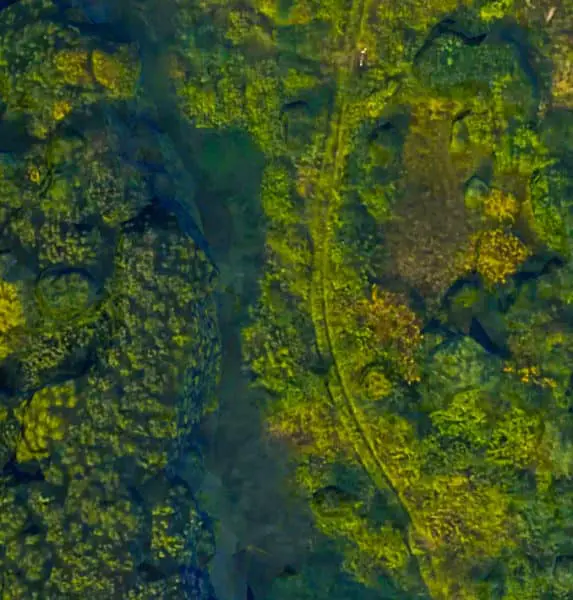
How Drones and Thermal Imaging Technology are Transforming Solid Waste Landfill Site Management
Revolutionizing Fire Surveys: How Drones and Thermal Imaging Technology are Transforming Solid Waste Landfill Site Management

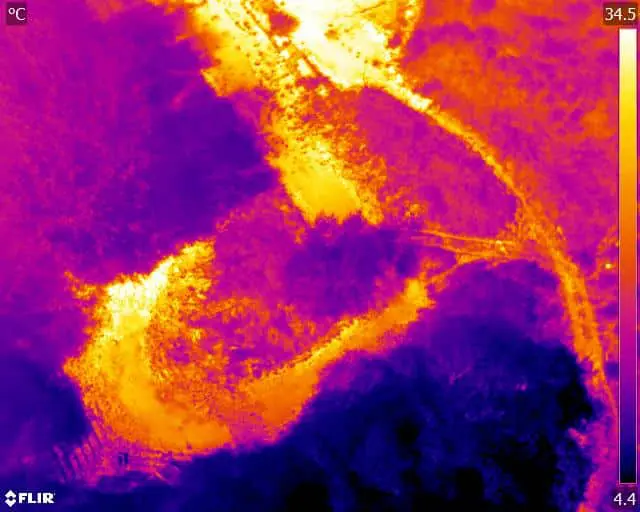
The Role of Drones and Thermal Imaging Technology in Fire Surveys
Solid waste landfill sites are essential for managing and disposing of waste generated by human activities. However, these sites pose a significant risk of fire outbreaks, which can have severe environmental and economic consequences. Traditional fire surveys in landfill sites have been time-consuming and often ineffective, leading to delayed detection and response to fire incidents. However, with the advent of drones and thermal imaging technology, fire surveys in solid waste landfill sites are being revolutionized, offering numerous advantages and enhancing fire detection and prevention capabilities.
Advantages of Using Drones for Fire Surveys in Solid Waste Landfill Sites
Drones have emerged as a game-changer in fire surveys of solid waste landfill sites. These unmanned aerial vehicles equipped with thermal imaging cameras can efficiently monitor large areas, providing real-time data on potential fire hotspots. Unlike traditional methods that rely on ground-based surveys, drones can cover vast areas quickly, reducing the time and resources required for fire detection.
Moreover, drones offer enhanced safety for surveyors. Landfill sites are often hazardous environments, with uneven terrain, toxic gases, and unstable waste piles. By deploying drones, surveyors can avoid direct exposure to these risks, ensuring their safety while collecting crucial data. This advantage not only improves the efficiency of fire surveys but also protects the well-being of the surveying personnel.
Furthermore, drones equipped with thermal imaging cameras can detect fires even in challenging conditions. Thermal imaging technology allows drones to capture heat signatures, enabling the identification of potential fire sources that may not be visible to the naked eye. This capability is particularly valuable during nighttime or in situations where smoke obscures visibility. By providing accurate and timely information, drones enable swift response and containment of fire incidents, minimizing the damage caused.
Harnessing Thermal Imaging Technology for Enhanced Fire Detection and Prevention
Thermal imaging technology plays a vital role in revolutionizing fire surveys in solid waste landfill sites. By capturing and analyzing thermal data, this technology enables the early detection of fire outbreaks, allowing for prompt intervention and prevention of further escalation.
Thermal imaging cameras mounted on drones can detect temperature variations, identifying areas with abnormal heat signatures that may indicate potential fire sources. This capability is especially valuable in landfill sites, where heat generated by decomposing waste can be a precursor to fire incidents. By continuously monitoring temperature patterns, thermal imaging technology can alert landfill operators to potential fire risks, enabling proactive measures to prevent fires from occurring.
Moreover, thermal imaging technology can assist in fire prevention by identifying hotspots within landfill sites. These hotspots, which may result from improper waste management practices or spontaneous combustion, can be detected early, allowing for corrective actions to be taken. By addressing these hotspots promptly, the risk of fire outbreaks can be significantly reduced, ensuring the safety of the environment and nearby communities.
Implications and Future Prospects of Revolutionising Fire Surveys in Solid Waste Landfill Site Management
The revolutionization of fire surveys in solid waste landfill site management through the use of drones and thermal imaging technology holds immense potential for the future. The advantages offered by these technologies not only improve the efficiency and effectiveness of fire detection and prevention but also have broader implications for environmental sustainability and public safety.
By enabling early detection and swift response to fire incidents, drones and thermal imaging technology can minimize the environmental impact of landfill fires. Landfill fires release toxic gases and pollutants into the atmosphere, posing health risks to nearby communities and contributing to air pollution. By reducing the occurrence and severity of fires, these technologies contribute to a cleaner and healthier environment.
Furthermore, the use of drones and thermal imaging technology in fire surveys can enhance the overall management of solid waste landfill sites. The data collected by drones can be analyzed to identify patterns and trends, enabling proactive measures to be taken to prevent fire incidents. This data-driven approach can optimize waste management practices, leading to improved efficiency, reduced costs, and minimized environmental impact.
The revolutionisation of fire surveys in solid waste landfill site management through the use of drones and thermal imaging technology offers numerous advantages. Drones provide efficient and safe monitoring of landfill sites, while thermal imaging technology enables early detection and prevention of fire incidents. The implications of these advancements extend beyond fire management, contributing to environmental sustainability and improved waste management practices. As technology continues to evolve, the future prospects for revolutionizing fire surveys in solid waste landfill site management are promising, ensuring a safer and more sustainable approach to waste disposal.
Landfill Site Thermal Inspection Services
Enhance your landfill site’s fire safety measures today with drone environmental thermal imaging. Contact us to learn more about our innovative solutions.
As approved and certified droneoperators we work throughout the UK to provide both aerial and ground based level 3 thermography services. Fully insured and certified by the CAA with enhanced permissions for close operations to univolved people, for day and night time flights
Expert Infrared Inspections for Accurate Thermal Assessments
Need professional thermographic analysis for your project? Our certified experts use the latest infrared technology to deliver precise results. Contact Drone Media Imaging today for expert thermal imaging services.
related posts
Revolutionizing Insurance Claims: Drones Take Rooftop Inspections to New Heights!
The importance of diodes in solar panels and how to detect faults using thermal imaging. Thermal cameras and drone inspections enhance fault detection accuracy by follow IEC standards for reliable results.


